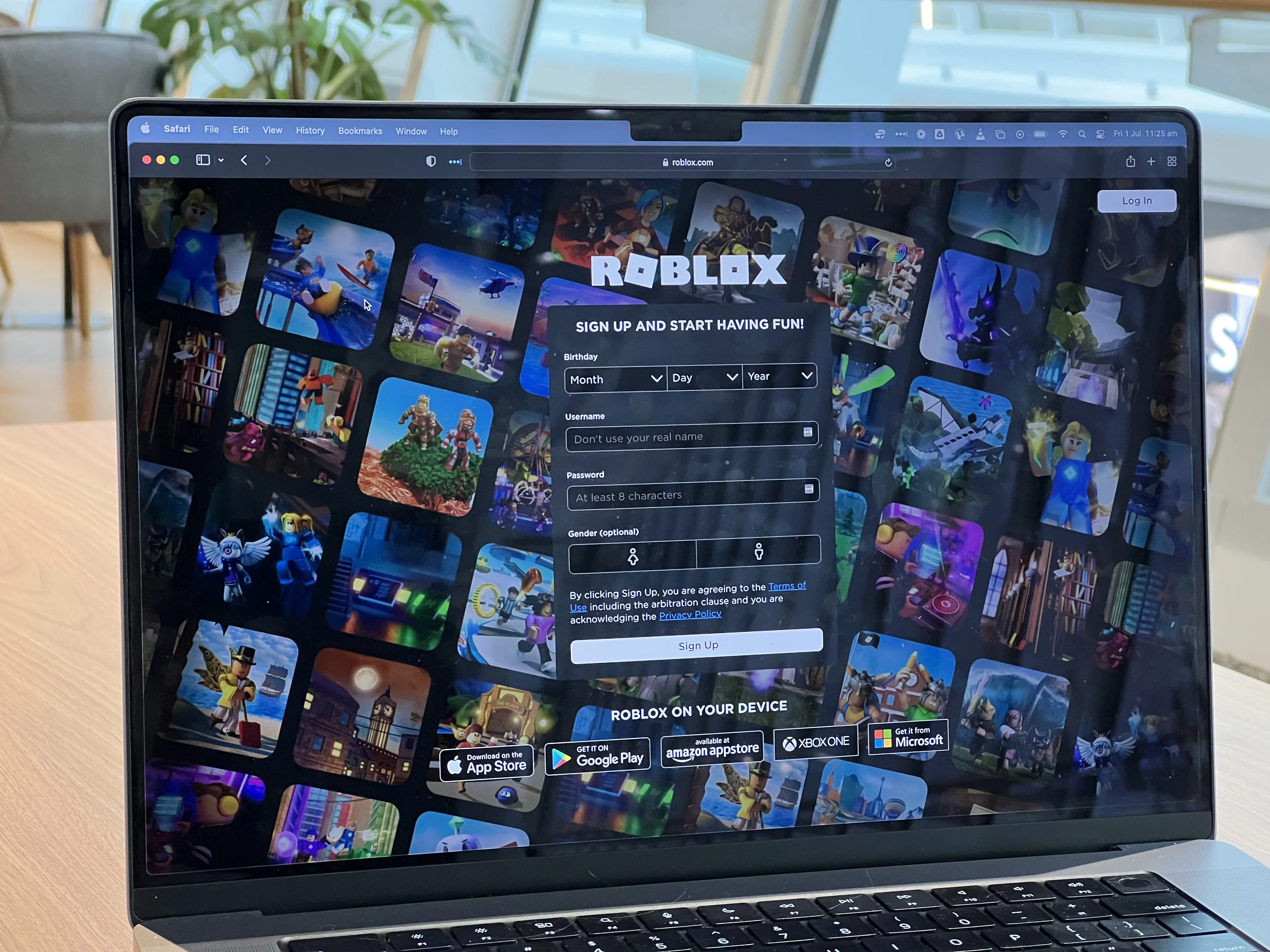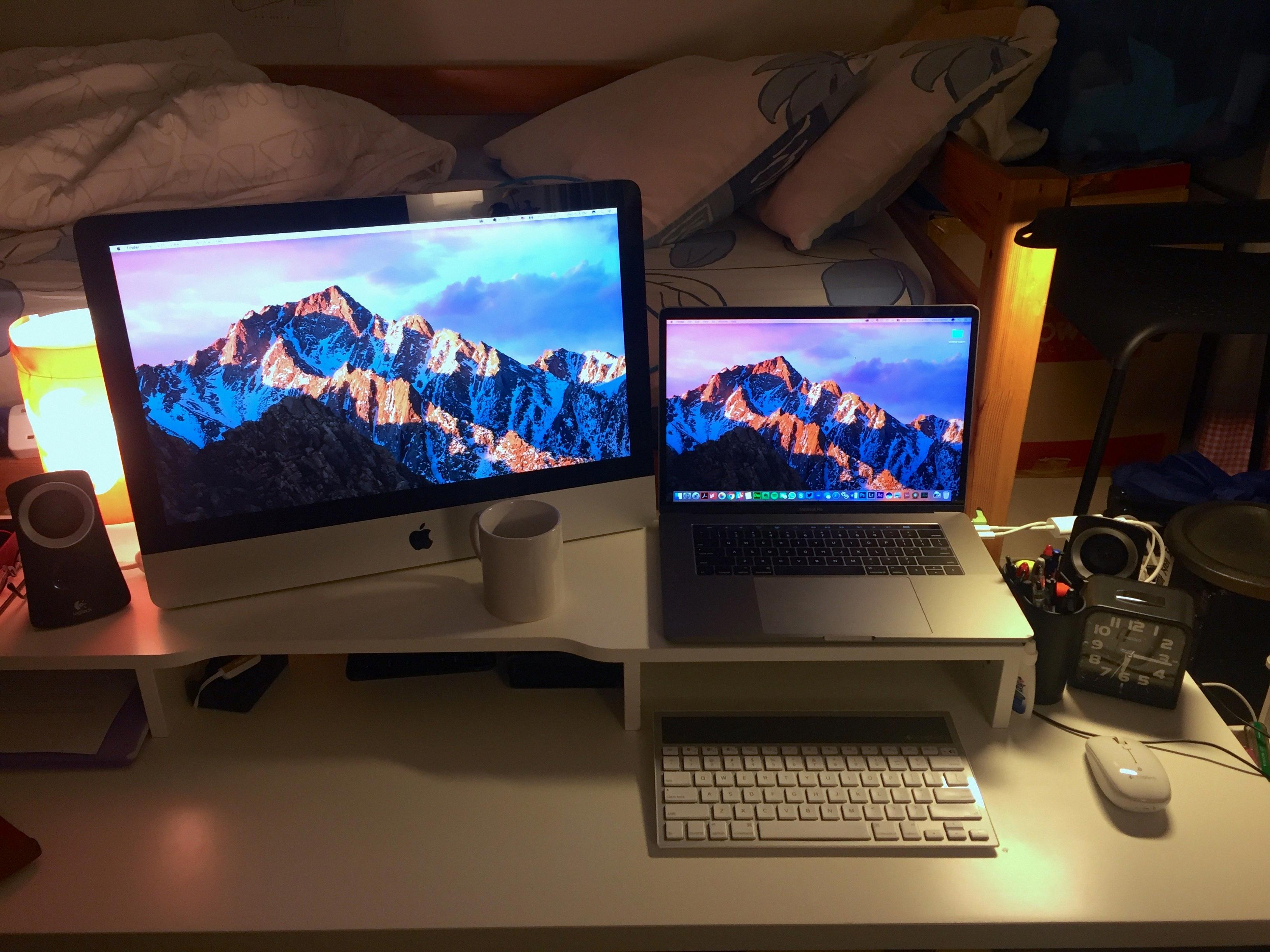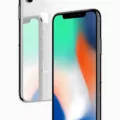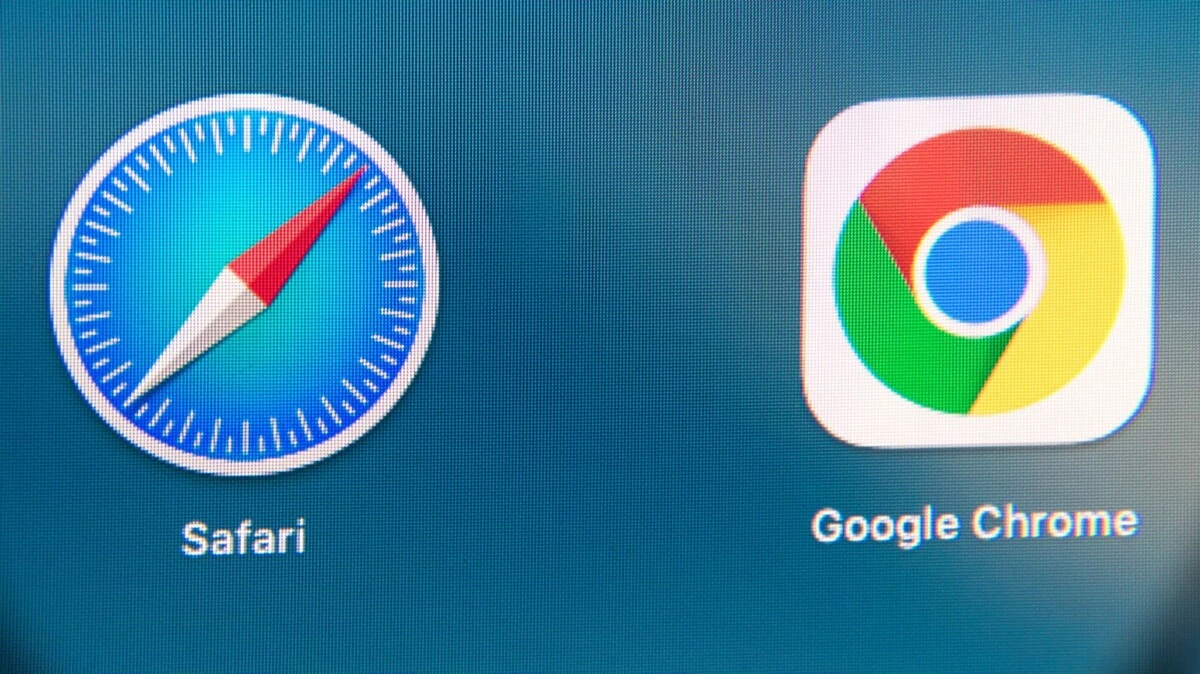
If you’ve ever loved the thought of having continuity across your devices or maybe you’ve simply preferred a different interface, then switching browsers might be just what you need. For example, you may be moving over from Safari to Chrome and not want to leave your past web activity behind.
That’s exactly where migrating your browser data steps in to save the day! It allows you to move your Safari history, and not just that, even your bookmarks too. When you do this, it ensures that you have easy access to sites that you have visited in the past, while ensuring you also don’t lose track of important pages.
Exporting History from Safari
Getting Safari history HTML file ready for transfer is easy. First, open Safari, select the History menu. From that point, select “Show All History” to view your entire browsing history. When your Safari browser data shows up, choose the items you wish to export.
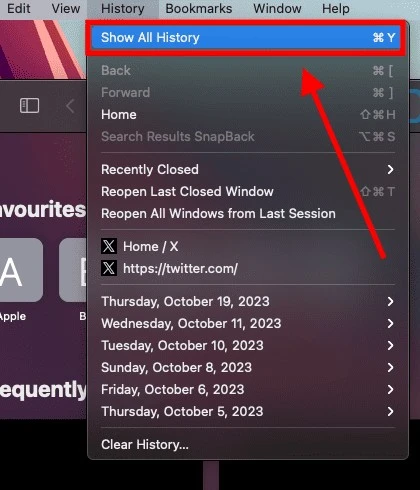
Next, save them by choosing “File” > “Export” and selecting export Safari history as either an HTML or CSV file. This exported file will hold all the sites you visited, neatly organized for easy access. With this step completed, your browsing history is ready to be transferred over to Chrome whenever you’re set.
Importing Safari Data into Chrome
Switching from Safari to Chrome but want to bring your browsing data along? No problem—Chrome has an easy option to help with that. Start by exporting your data from Safari as an HTML or CSV file. Once your file is ready, open Chrome and go to “Settings.”
There, under “Import bookmarks and settings,” you can choose the Chrome import Safari history option.
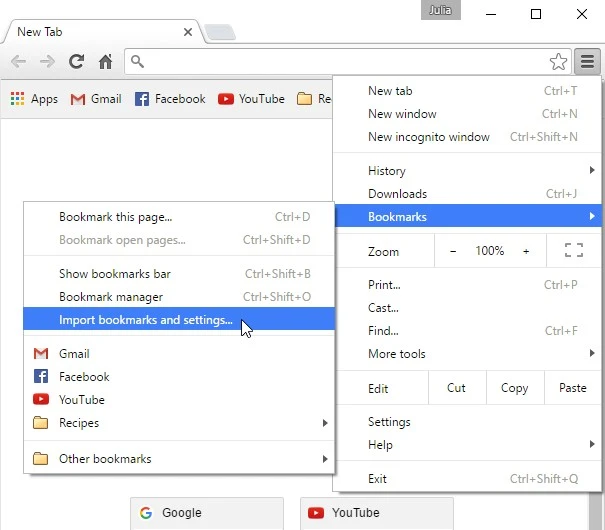
Select the specific data you want, like transfer browsing data such as history, import bookmarks to Chrome, or even form data if that’s helpful. With these simple steps, you’ll have your Safari data ready and set in Chrome, all without losing your previous browsing experience.
Syncing iCloud Bookmarks with Chrome on Android
Syncing iCloud with Chrome on Android lets you keep your Safari bookmarks in one place without needing to transfer them manually. By signing into both your iCloud and Google accounts, you allow iCloud and Google sync to automatically update bookmarks between Safari and Chrome.
This process means that any bookmark added in Safari on an Apple device will appear in Chrome on your Android, making it convenient to switch between devices without missing saved sites. This method is a simple way to keep your browsing experience consistent and ensures your bookmarks are readily available on Android.
Alternative Method for Manual Bookmark Transfer
One straightforward way to bring your bookmarks from Safari into Chrome involves a manual bookmark transfer. It’s as easy as exporting Safari bookmarks as an HTML file on your Mac, which gives you complete control over which bookmarks you keep or discard.
Once you’ve saved this file, you can import bookmarks manually into Chrome by selecting “Import Bookmarks and Settings” in Chrome’s settings menu and uploading the file. This method lets you organize or merge bookmarks as you prefer, keeping only what’s relevant to you without any automatic adjustments.
Syncing Browsing Data Between Devices
Syncing your browsing data across multiple devices using Chrome’s sync feature makes it incredibly convenient to access your Chrome history, bookmarks, and settings on any device you use. With Chrome sync, you can keep track of visited sites, bookmarks, and settings on various devices just by logging into your Google account on each one.
This setup allows you to pick up right where you left off, whether you’re on your phone, tablet, or computer, giving you full multi-device Chrome history access. Remember to stay logged into Chrome on all devices to ensure updates are consistent everywhere, making browsing genuinely effortless and streamlined.
Ensuring Privacy and Security During Transfer
When you are changing your browsing history from one platform to another, you must always consider your privacy, and security. Simple precautions help protect your personal information from prying eyes during a history transfer security process. Data privacy is so crucial, as the transfers from Chrome to Safari browsers have a lot of sensitive data in it.
For example, clearing temporary files or cached items before a secure browser transfer can reduce the risk of accidentally sharing old, unwanted data. It’s also wise to use encrypted storage for any downloaded transfer files, as this adds an extra layer of protection to your personal information, making data privacy Chrome Safari transfers smoother and safer.
Conclusion
We hope you now realise how much convenience a unified browsing experience across Safari and Chrome offers you. Asides helping you maintain access to your browsing history, it also helps you keep it all in one place, no matter the device or browser you choose to use.
Once your Safari to Chrome transfer is finished, you’ll find yourself enjoying cross browser continuity, meaning you’ll never have to lose touch with fragmented histories. The whole transfer process targets keeping all your data in sync, so that you find it much easier to stay productive and maintain an efficient workflow across your devices.


